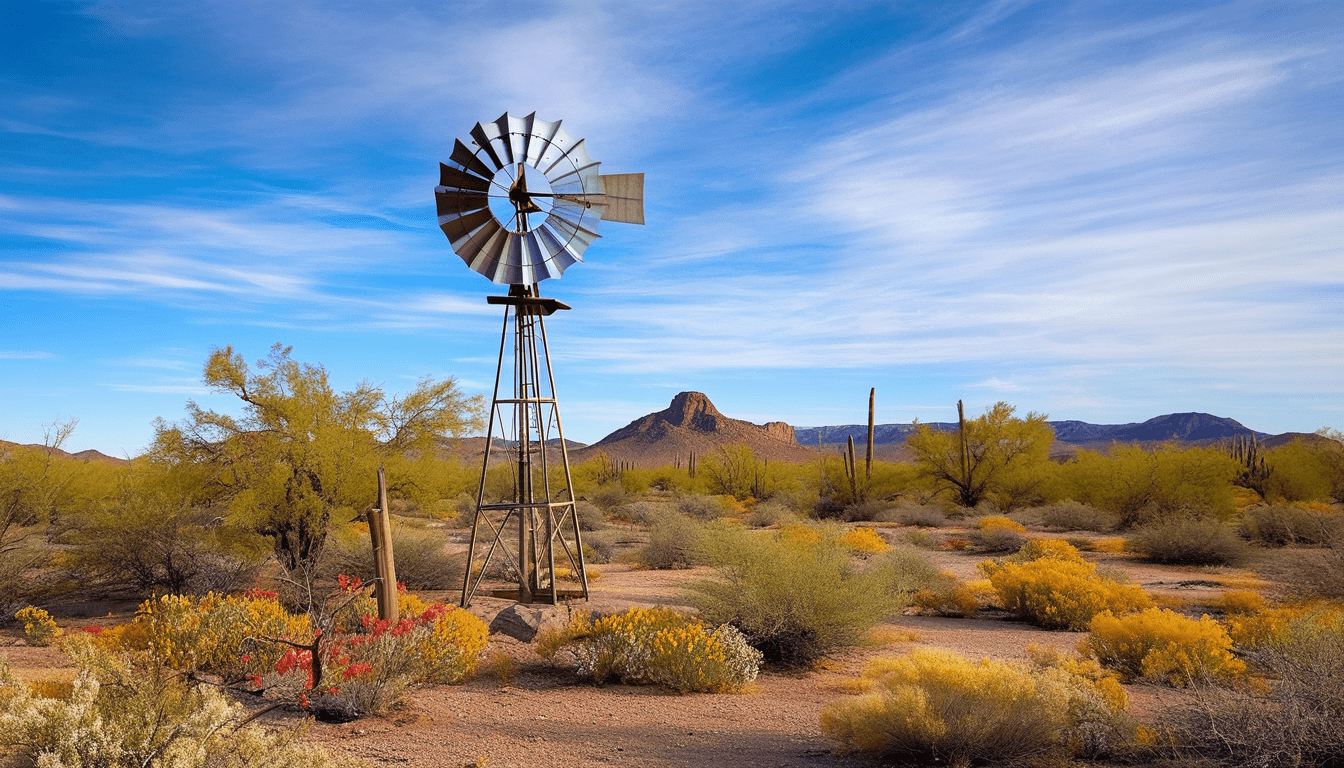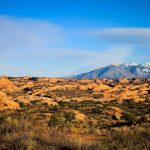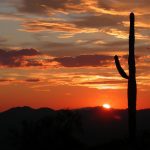- Governor Hobbs vetoes HB 2271, citing lack of impact on water policy.
- Rep. Griffin argues rural communities need groundwater volume data.
- Disagreement centers on how to assess and disclose groundwater supply.
- Critics say veto ignores longstanding bipartisan requests for data.
- ADWR’s reporting methods have shifted under the Hobbs administration.
Friday, April 25, 2025 — On April 18, 2025, Arizona Governor Katie Hobbs vetoed House Bill 2271, a measure designed to require the Arizona Department of Water Resources (ADWR) to include key groundwater data in its annual supply and demand reports. The decision has reignited tensions between rural lawmakers and the executive branch over how to manage and disclose groundwater information in Arizona.
What HB 2271 Would Have Done.
HB 2271, introduced by Representative Gail Griffin, Chair of the House Natural Resources, Energy & Water Committee, would have mandated ADWR to provide data on the total volume of groundwater available in each rural basin. The bill also sought disclosure of the number of index wells and average depth-to-water levels—metrics Griffin says are essential for rural counties to understand their water resources.
Governor’s Justification: Ongoing Reform Negotiations.
In her veto letter , Governor Hobbs wrote, “None of these bills would make a difference in solving the water policy challenges that Arizona residents and communities are facing today.” She emphasized that she would only support groundwater legislation developed within the framework of ongoing negotiations for comprehensive rural reform.
, Governor Hobbs wrote, “None of these bills would make a difference in solving the water policy challenges that Arizona residents and communities are facing today.” She emphasized that she would only support groundwater legislation developed within the framework of ongoing negotiations for comprehensive rural reform.
Rural Officials Demand Transparency.
Griffin and other rural officials strongly disagree. In a statement issued April 24 , Griffin said, “Rural Arizonans want to know how much groundwater they have beneath their feet,” and argued that the veto blocks the only legislation that would have answered that question.
, Griffin said, “Rural Arizonans want to know how much groundwater they have beneath their feet,” and argued that the veto blocks the only legislation that would have answered that question.
The bill’s proponents cite longstanding bipartisan concern over the lack of accessible groundwater data. Quotes from county supervisors, state officials, and water experts spanning from 2010 to 2024 echo the same frustration: without accurate data, rural areas cannot plan effectively. La Paz County Supervisor Holly Irwin said in 2023, “We don’t know how much water we have in these aquifers.” Arizona Attorney General Kris Mayes also stated, “[W]e have no idea … how much water is left.”
from county supervisors, state officials, and water experts spanning from 2010 to 2024 echo the same frustration: without accurate data, rural areas cannot plan effectively. La Paz County Supervisor Holly Irwin said in 2023, “We don’t know how much water we have in these aquifers.” Arizona Attorney General Kris Mayes also stated, “[W]e have no idea … how much water is left.”
ADWR Methodology Under Scrutiny.
A key sticking point involves ADWR’s recent shift in methodology. Historically, the agency measured groundwater in storage to a depth of 1,200 feet. Under Governor Hobbs, however, assessments have been based on the average well depth—just 35 feet in Ranegras Plain and 409 feet in Willcox Basin—significantly reducing the reported volume of available groundwater.
Proponents of HB 2271 argue this revised metric obscures the true water supply. ADWR’s own 2011 assessment—cited by Griffin—estimated the Willcox Basin contained 42 million acre-feet of groundwater to a depth of 1,200 feet, enough for 261 years of use at 2011 demand levels. Similar figures were reported across other basins, suggesting that deeper measurements provide a more accurate picture of groundwater storage.
Accusations of Political Obfuscation.
Republican lawmakers have accused the Hobbs administration of blocking access to full data in order to justify new restrictions. “You cannot manage something you cannot measure,” ADWR Director Tom Buschatzke said in 2022, testifying in favor of a recurring groundwater needs assessment.
Governor Hobbs maintains that her administration supports rural reform and invites legislators to the negotiating table. But until a broader agreement is reached, she will continue to veto bills she views as inadequate.
Links:






Leave a Reply